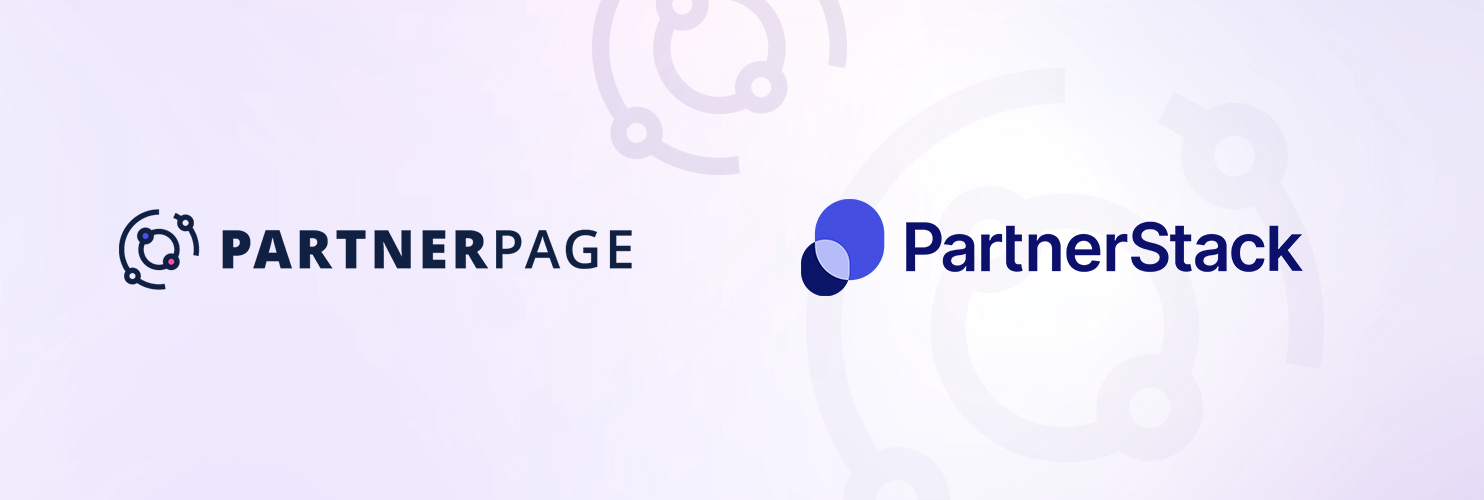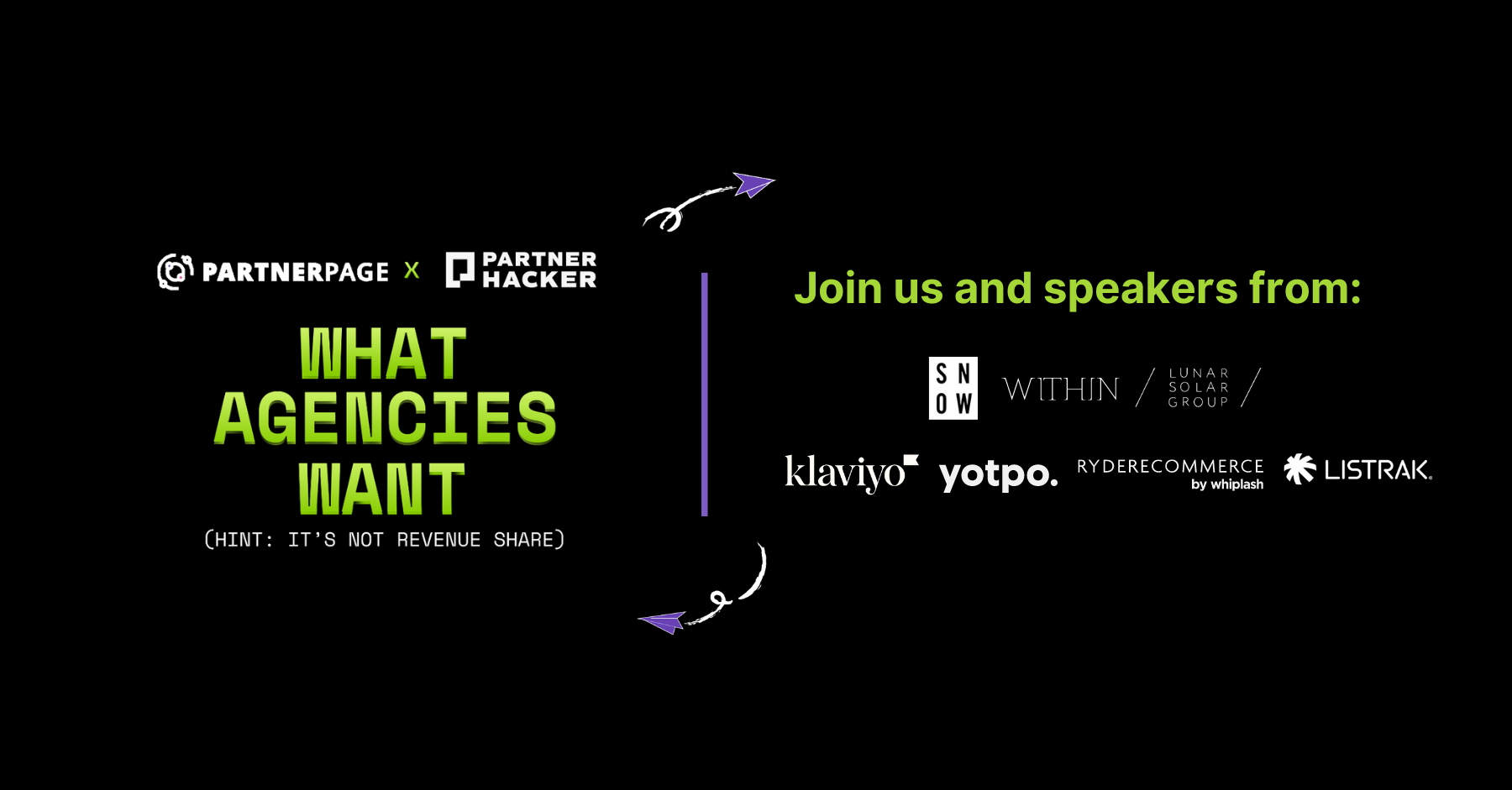2H Media is a full-service marketing agency, and building ecommerce websites is one of their primary service offerings.
2H helps customers direct online traffic, ensuring that they have a website that will convert leads into sales, which is one of the most important parts of the process. The best ad campaign in the world won’t generate sales if customers abandon your store during the sales process – or worse, visit your store and find that they can’t transact at all.
Software No. 1: Helping Small Businesses Sell Online2H Media relies on Shopify to help small businesses sell online in an environment that they can control. By building ecommerce stores on the Shopify platform, they are able to hand clients the tools to focus on selling their products online while 2H focuses on building them a website that is tuned to perform.
2H Media relies on Shopify because they have an established centralized infrastructure. Unlike an open-source alternative, Shopify has dedicated Merchant support, a diverse app ecosystem and resources like Shopify Local, which allow Merchants to connect with dedicated Shopify support staff and Shopify Partners. In addition, as a Canadian company, Shopify has public offices in driving distance from the 2H location. It’s amazing what you can accomplish when you work with a platform that will meet with you in person to help you achieve your goals.
In February 2009, 2H Media helped Hauser Furniture rebuild their online store, leading to soaring sales. Since Shopify first launched, the platform has evolved to offer enhanced features and capabilities. After helping Hauser to refine their product listings in a previous project, 2H set their sites on modernizing their Shopify setup. In collaboration with the Hauser leadership, they set out to upgrade to a brand new sectioned theme. With access to the full current range of Shopify capabilities, they built out additional custom elements to improve conversions and elevate the customer experience. Upgrading to a sectioned Shopify theme unlocked new possibilities for creating web pages. With some custom additions to the theme’s code, 2H was able to leverage the Shopify customizer to act as a visual page builder that would allow individual page customizations without an app-based solution. This saved Hauser from monthly app costs and empowered their internal design team to iterate on webpage content independently from the 2H developers. The 2H collaborative approach utilized technology to minimize lock-in and allow Hauser’s designers to focus on the design rather than the more intensive development.
“The gents from 2H media are excellent. Knowledgeable. Approachable. Personable. And available. I met them at a Shopify event in Waterloo about 2 years ago and since then they’ve become ubiquitous in the community. Most recently, I had the opportunity to learn from both Ben and Matthew at the Starter Company Plus program in Kitchener, Ontario where they were mentors to up and coming business owners just like me 🙂 When I work with them, they make me feel like I can make my business dreams happen :)” – Sean Chappel, from a 2H Media Google Review
Software No. 2: Building Email AudiencesKlaviyo is a powerful tool and the only email marketing platform that 2H media recommends to their clients. Klaviyo allows them to help clients build an email marketing infrastructure that leverages evergreen content and Shopify integrations to serve relevant content month after month.
The powerful automations available in Klaviyo allow 2H to do more with less. Automated drip campaigns mean that an email that’s written in 2019, if crafted correctly, can continue to generate value in 2020 or 2021 as new customers join the mailing list. This is a massive improvement from the traditional monthly newsletter which relies on greater labour costs for a fixed scope of results. Additionally, the Shopify integration that is possible with Klaviyo allows Merchants to capture abandoned carts, repeat sales, and even product reviews with minimal efforts.
For 2H Media, email marketing is often the first advertising step after building an online store. By building a client a handful of templates along with key automations, they can create infrastructure that generates value indefinitely. A focused Klaviyo integration is one of the most impactful uses of marketing capital that a business owner can invest in after getting their online business up and running.
Klaviyo can also be used for amazing results outside the ecommerce space. In March 2020, 2H helped Dope Automation build a series of automated drip campaigns with an integration on their wordpress website. Based on which webpage customers used to join the mailing list, they were able to send additional product information to explain further details about the specific products they would most likely be interested in.
Software No. 3: Using a Refined App EcosystemOutside of the ecommerce space, WordPress is the 2H Media’s go-to tool for helping businesses go online. With a refined app ecosystem, 2H utilizes WordPress to help business owners control their own online content while 2H can take care of the design.
WordPress is free, open source, and expandable. Its capabilities as a content management system make it an ideal tool for small businesses to manage their online content. The robust app ecosystem means that an agency can use WordPress as a foundation to build a dedicated tech stack tailored to their service offerings.
By building out their WordPress tech stack to include Oxygen Page Builder, and Toolset Types and Views, 2H Media is able to build custom design systems that allow clients to generate consistent web content without the need for an internal development team.
In March 2020, 2H collaborated with the Organic Potash Corporation leadership team to create a user-friendly website to display all of the company’s activities and all relevant stock information. Organic Potash Corporation is currently traded on the Canadian Securities Exchange (CSE) under the ticker “OPC”. Meeting the CSE guidelines and showing the world the impacts that one organization can have in West Africa was the primary goal. A custom Toolset integration allows OPC employees to rapidly update their investor relations pages with their most recent filings straight from the Sedar database. This allows potential investors to easily navigate through financial data and press releases to help better understand the intricacies of the company.
“I had the pleasure of doing business with 2H Media, in particular, Aron Murch. His level of professionalism and expertise was second to none. I now have a business website that is everything I had envisioned. Aron went above and beyond throughout the process and made everything clear and easy. I will use Aron and 2H Media’s services moving forward for anything business digital media related.” – Pablo Hadarits, from a 2H Media Google Review
Software No. 4: Bringing Awareness to an ECommerce BusinessGoogle My Business (GMB) is a free and powerful tool for bringing awareness to local businesses. Before a client even has a website, this is where search engine optimization begins. Google My Business ensures that searches return local results first. For any business with physical locations or a service area, Google My Business is the most effective and under-utilized way to impact local search traffic.
Google My Business is free, user-friendly and impactful. When developing an SEO strategy, the goal is to help search engines understand web content. Google My Business is one of the rare tools that lets business owners speak directly to the search engine.
2H teaches workshops for beginners and advanced users at Shopify and at Small Business Enterprise Centres across Ontario. From initial setup to getting verified by Google, their workshops cover the essential steps to harnessing the power of Google My Business in local searches.
Of all the tools they use to help small businesses take advantage of, Google My Business has had the most widespread impact. Through their workshops with Shopify and the Small Business Enterprise Centres across Ontario, 2H has helped hundreds of businesses fine tune their local SEO using Google My Business.
“Matt and Aron of the 2H Media team have been so helpful for my small business – from the consultation and advice, to the GMB workshop I attended, I always leave our meetings with such valuable knowledge. They help me with the problems I’m having now, but keep a lens on what my business will need as I grow. I highly recommend 2H Media and will continue to utilize their services!” – Ashley Baker, from a 2H Media Google Review
Software No. 5: Keeping Projects on TrackAsana is a fantastic tool for organizations to track and manage their work. Asana is a web and mobile team-based work management application that uses cards to track individual tasks. With a little bit of setup, Asana can be used to organize all of a company’s internal information.
Asana combines ease of use and flexibility at the right price-point, making it ideal for a growing business. As a piece of information software, it has just the right amount of structure to allow self-organization without too much of a learning curve.
While 2H doesn’t use Asana to generate revenue directly, it is a critical component of their tech stack. From internal knowledgebase to their sales pipeline and day to day task tracking, everything is in one place, fast to record, and intuitive to organize. They’ve built a lot of the structure themselves, using the capabilities of Asana as a foundation to build their internal processes.







